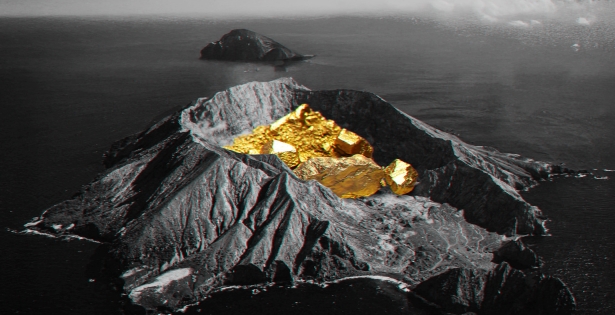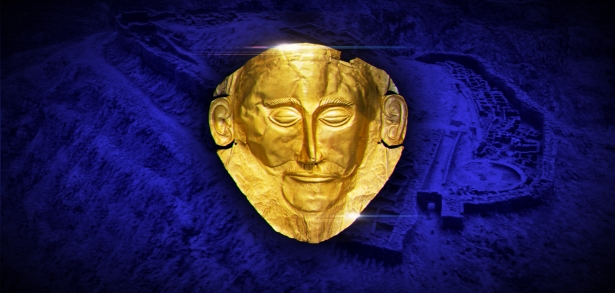
Golden letters to extraterrestrial civilizations
A big parade of planets is a rare astronomical phenomenon that happens once in 150-170 years. In the late 60s, NASA scientists decided to use such a case to study Jupiter, Saturn, Uranus and Neptune. The first program for sending probes to distant planets of the Solar System was launched in 1969.
In the photo: The launch of the Titan 3E spacecraft with the Voyager-2 probe.
In 1977, the star-ship "Voyager-1" and "Voyager-2" were launched into space. The devices studied distant planets and transmitted invaluable information to Earth. After completing the mission, they began nearing the heliosphere’s border.
In the photo: "Voyager-1" carryies a golden message to distant worlds.
Before sending the message, scientists fixed the discs with information on the sides of space probes. Data-containing records were made of nickel and covered with gold. Aluminum cases contained the uranium-238 isotope on the surface layer, characterised by its high durability.
In the photo: The outer case of the message is attached to the "Voyager-1"airframe. A guide on how to play the record and a layout of the Solar System are engraved on the cover.
We tell more about the content of golden discs:
Scientists, led by the doctor of Cornwall University Carl Sagan, have selected and prepared information for the records.
The first section of the disk contains 115 images. These are photographs of the Solar System’s planets, landscapes of the Earth, people's activities, technical, sports and other achievements. In addition, the section contains infographics of human anatomy, a formula of hydrogen, DNA schemes and the Earth plan on the map of the universe.
The second section contains a 90-minute music track with 27 audio recordings. They consist of the music of Bach, Beethoven, Mozart and Stravinsky. Folk music is represented by songs of the Navajo Indians, the aborigines of the Java island, and other tribes. The musical block includes rock and roll compositions performed by Chuck Berry, soundtracks of short films, classics by musicians from China and India.
The third section contains recorded sounds of the Earth — wind and rain, volcanoes and geysers, animals and insects. Scientists have recorded the beating of the human heart, the crying of a child and the kisses of a mother, the sounds of transport, the Morse code. The phonogram of the neutron star-pulsar concludes the sound description of our planet.
The fourth section on the record contains recorded forms of greetings. Residents of the Earth wish alien civilizations well in fifty-five languages, including six ancient ones.
Greetings in the Akkadian language opens the block. This language is more than 5000 years old. Then comes the phrases in Arabic, Aramaic, German, French and other languages. Greetings never repeat one another and are comprised of the good wishes of prosperity and success.
In the photo: The project manager of the "Voyager" John Casani holds a small US flag in his hands, which he put in the case along with the record, the record player needle and the phonograph. The photo was taken on August 4, 1977, 16 days before the launch of the spacecraft at Cape Canaveral.
In 2012, the "Voyager-1" crossed the borders of the Solar System and headed to the open space. The "Voyager-2" will go beyond the heliosphere in 10-20 years. By 2030, the connection between the device and the Earth will be interrupted, but the flight to extraterrestrial civilizations is not going to end. It will take at least 40,000 years before the space probes with golden discs on-board get close to other planets.
Read more about the gold in space
Gold is the only metal on which you can rely even in space.




